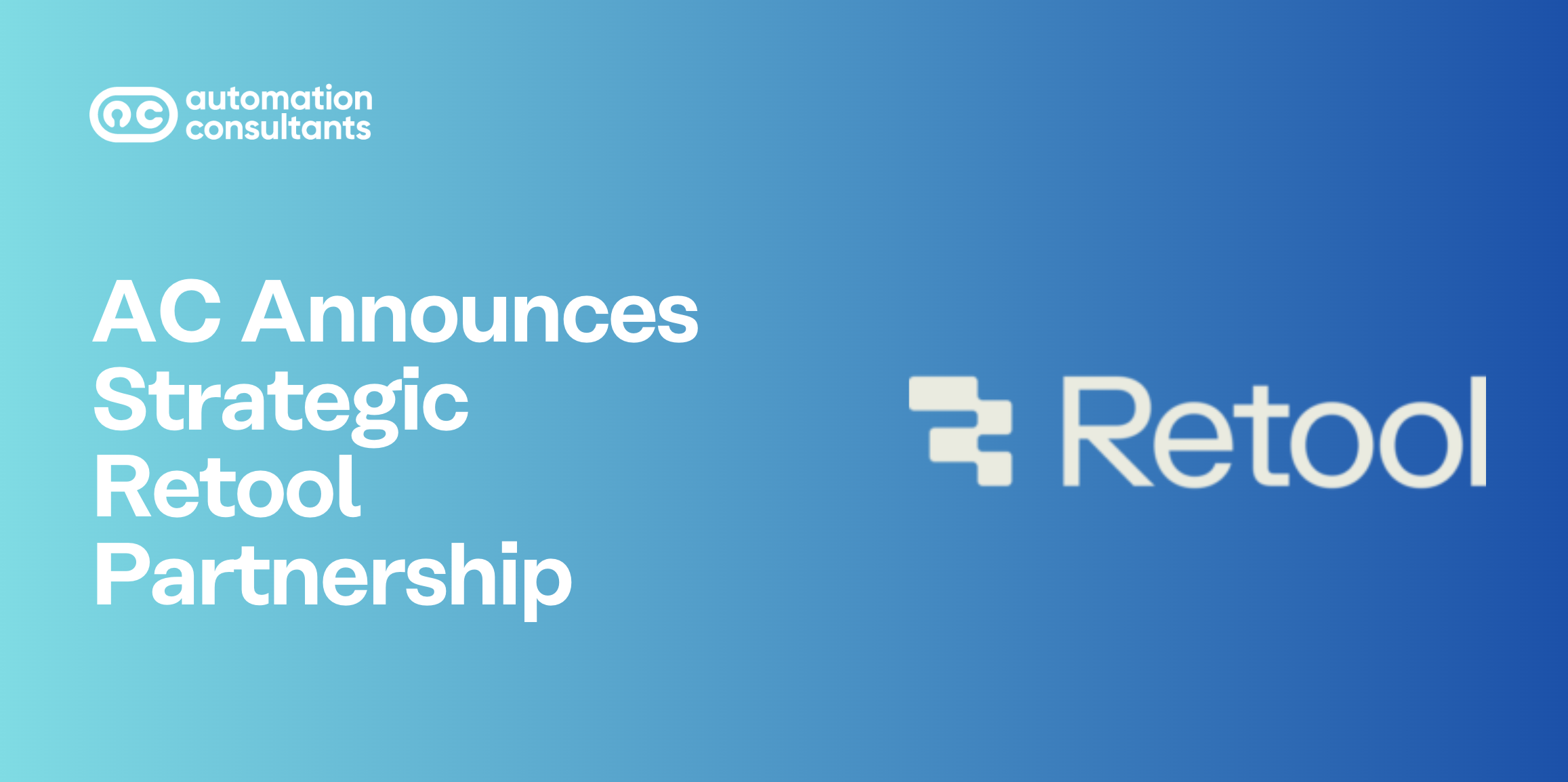Keeping track of several parallel software projects is often difficult. Dedicated project management software such as Jira Software gives a good view of a single project, but it does not grant convenient visibility across several projects of the progress of interdependent tasks, or the teams responsible for them.
It’s incumbent on programme managers to get the most out of their resources, and on a realistic timescale. As organisations grow bigger – and their teams with them – this is more easily said than done: skills are dispersed over a wider geographical area, availability varies, and merely keeping track of each task becomes a more complex undertaking.
If you’d like to find out more about Jira Portfolio – get in touch. Alternatively, why not watch our presentation on Portfolio for Jira 2.0?
What Portfolio for Jira – popularly referred to as “Jira Portfolio” – offers is a means of simplifying it.
Read on for our full Jira Portfolio review.
Features and functions
Jira Portfolio uses the information that’s already present in your Jira instance to give you a cost and time-efficient window into your teams and their tasks. Its portfolio plans integrate with Jira Agile Projects and Boards to make accurate estimates for delivery across multiple releases.
It updates constantly and automatically as changes are committed within each release, enabling you to plan for the future – and make adjustments – without ever leaving the tool’s interface. The software also utilises a ‘www’ environment, designed to allow users to assess the impact actions will have on each project: when changes are made within the plan, they’ll be held in a ‘pending’ state, which allows you to see the possible consequences for each team and timeline – without committing.
Once you know which actions will positively influence your delivery goals, you can safely commit: those using Jira Portfolio review actions easily and securely.
Capacity
Jira Portfolio also empowers project managers to understand how the skills of their teams are being used. By allowing you to view the capacity of every team within the plan, it enables realistic scheduling and accounts for any potential bottlenecks well ahead of schedule.
If skills are unavailable and you need to hire additional permanent or temporary staff, you’ll know well ahead of time.
Dependencies
While Jira Portfolio has visibility into projects and teams, it – crucially – also understands the relationships these projects and teams have to each other. If a task is dependent on another task being completed, Portfolio will schedule it so it doesn’t unduly affect the release schedule.
This functionality facilitates the use of cross-project releases too: releases with a concurrent deadline, possibly involving, multiple tasks across multiple projects can be planned and completed in good time by the scheduling algorithm.
Whatever the programme management methodology – Scrum, Kanban, Lean, or Agile – the importance of seeing and understanding change is crucial. The right hand must know what the left hand is doing or the project is liable to veer off course, and quite possibly in directions that hamper efficiency and efficacy.
The best Jira Portfolio review we can offer is that it removes this problem completely – and in a convenient, intuitive, and easy to install package. For project managers who prize transparency, accessibility, and organisation, there’s no better option on the market.




